Retro Jewelry Series Wrap-Up: Highlights, Fun Facts, and a Sneak Peek at the Modern Era
Well, here we are! After four weeks diving deep into the Retro jewelry era, I have to say – what a ride it's been. From wartime restrictions sparking incredible creativity to Hollywood glamour setting the tone for decades to come, the 1940s and early 1950s really knew how to make a statement.
As I sit here looking at my own collection, I can't help but smile at how much influence this era still has on what we wear today. Maybe you've noticed it too – that chunky gold bracelet you reach for, or those bold statement earrings that make you feel like you could conquer the world. Chances are, they've got some serious Retro DNA.
The Big Takeaways: What Made Retro So Special
Let's start with the obvious – everything got bigger and bolder. I mean, seriously, have you ever held a genuine Retro cocktail ring? These things had presence! The era threw out the delicate, intricate work of Art Deco and said, "Nope, we're going BIG." Yellow and rose gold became the stars of the show, creating these luscious, curved pieces that practically glowed on the skin.
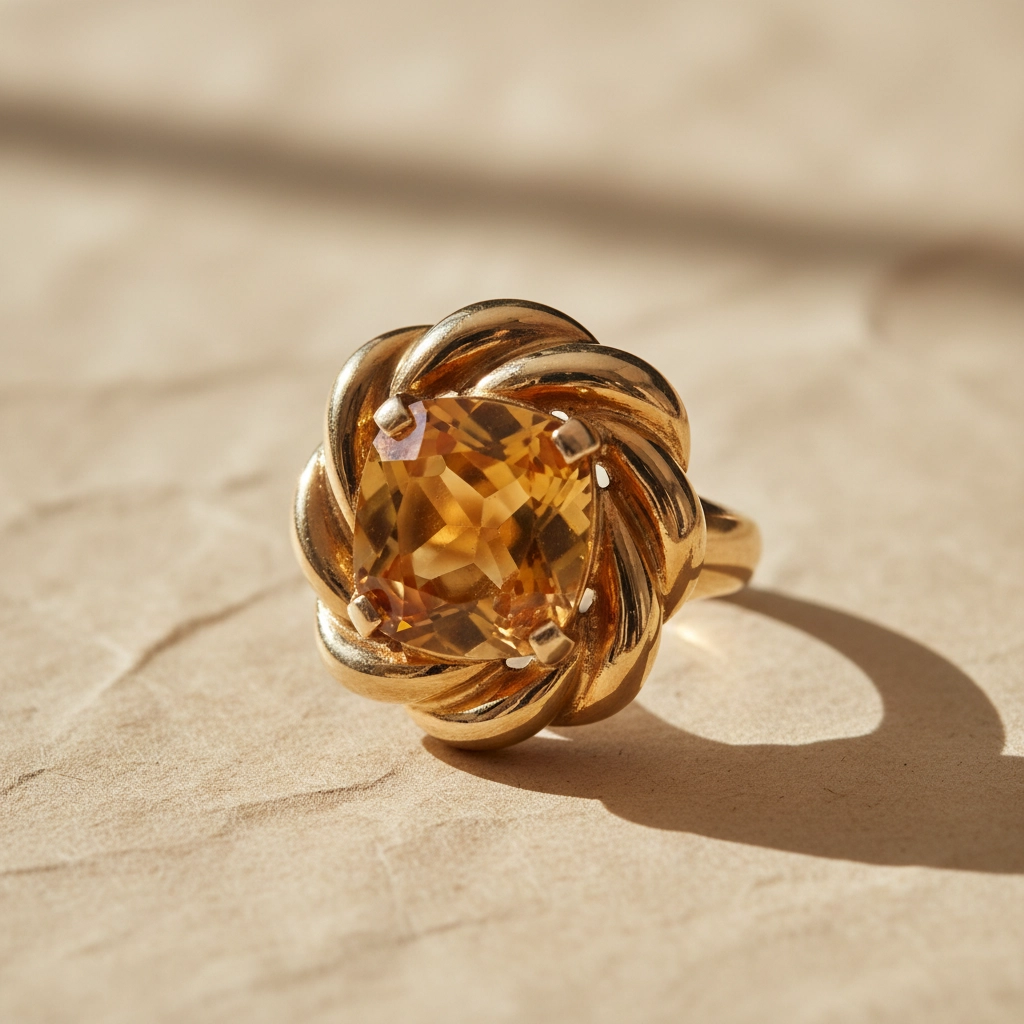
But here's what really gets me excited about this period – it wasn't just about size for the sake of it. Every bold choice had a story. When platinum got reserved for the war effort, jewelers didn't just sulk about it. They pivoted to gold and made it work so beautifully that we're still copying those warm, rosy tones today.
The Hollywood influence was absolutely crucial too. When movie stars started wearing these dramatic pieces on and off screen, suddenly everyone wanted that same glamorous confidence. Have you ever put on a statement necklace and felt your posture change? That's pure Retro magic right there.
The Genius of Convertible Design
One thing that still blows my mind about this era is how practical all that glamour was. Convertible jewelry wasn't just a clever marketing trick – it was brilliant design thinking. A necklace that could become a bracelet, clips that transformed into a brooch, pieces that could be worn three different ways for three different occasions.
Think about your jewelry box right now. How many pieces do you have that only work for one specific look? Retro designers would have been horrified by that waste of potential! They created these multi-functional masterpieces that gave you maximum impact for your investment.
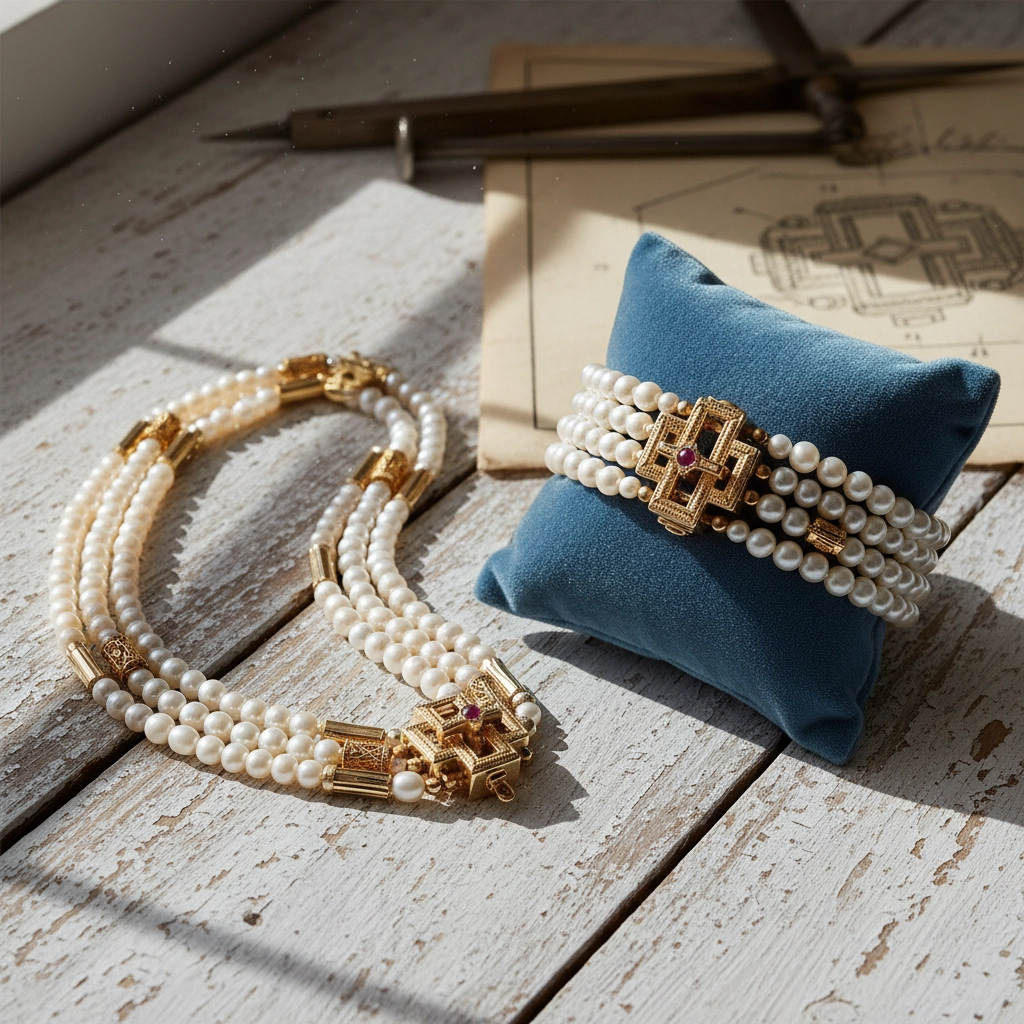
The engineering behind some of these convertible pieces was honestly mind-blowing. Van Cleef & Arpels perfected their invisible setting technique during this period, making gemstones appear to float magically without any visible metal support. Even today, when I see a piece with invisible setting, I have to stop and appreciate the sheer skill involved.
Fun Facts That Still Surprise Me
Here are two Retro jewelry facts that I hadn't shared in our series yet, and they're honestly too good not to mention:
First fun fact: Did you know that some Retro jewelers started using Lucite and Bakelite as accent materials? I'm talking about high-end pieces, not costume jewelry! These early plastics were so new and exciting that luxury jewelers actually incorporated them into gold settings. Can you imagine walking into Cartier today and seeing a plastic and gold bracelet? But back then, synthetic materials represented the future – they were space-age and modern. Some of these mixed-material pieces are incredibly collectible now.
Second fun fact: The famous "gas pipe" or "tubogas" chain technique that became so popular was actually inspired by... actual gas pipes! Jewelers looked at the flexible metal tubing used in household gas lines and thought, "Hey, we could make that elegant." They created these seamless, hollow chains that moved like liquid gold on the skin. The technique required no soldering at all – just interlocking strips of metal formed into tubes. Pretty brilliant, right?
Why Retro Still Matters Today
Here's the thing that strikes me most about our Retro series – this wasn't just a historical curiosity. Walk into any high-end jewelry store today, and you'll see the Retro influence everywhere. Those chunky chain necklaces everyone's wearing? Pure Retro inspiration. The way modern designers mix yellow and rose gold? Retro pioneered that look.
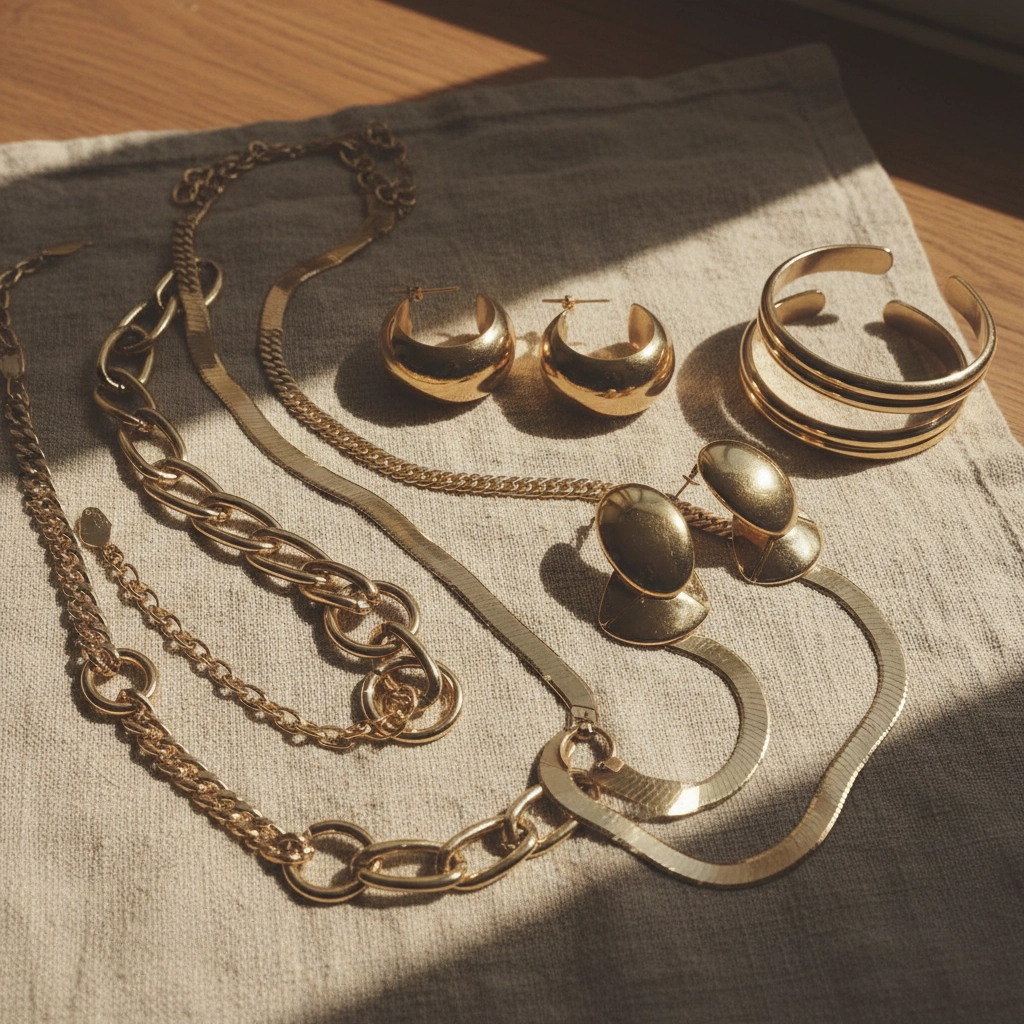
But it goes deeper than just aesthetics. The Retro era taught us that jewelry could be confident, functional, and emotionally expressive all at once. They didn't make shrinking violet pieces – they made jewelry that announced your arrival and made you feel powerful wearing it.
I see this spirit in modern pieces all the time. That statement ring that makes you feel like a boss in meetings? That bold necklace that transforms your simple black dress into something special? That's Retro confidence living on in your jewelry box.
The Materials Revolution
Let's talk about something that doesn't get enough credit – how Retro jewelers completely revolutionized our relationship with materials. When traditional gemstones became scarce during the war, instead of making smaller, safer pieces, they went bigger with semi-precious stones.
Suddenly, citrine wasn't a "lesser" stone – it was a gorgeous golden statement. Aquamarine became the star of dramatic cocktail rings. Amethyst got elevated to luxury status. This era taught us that a stone's beauty mattered more than its rarity rating.
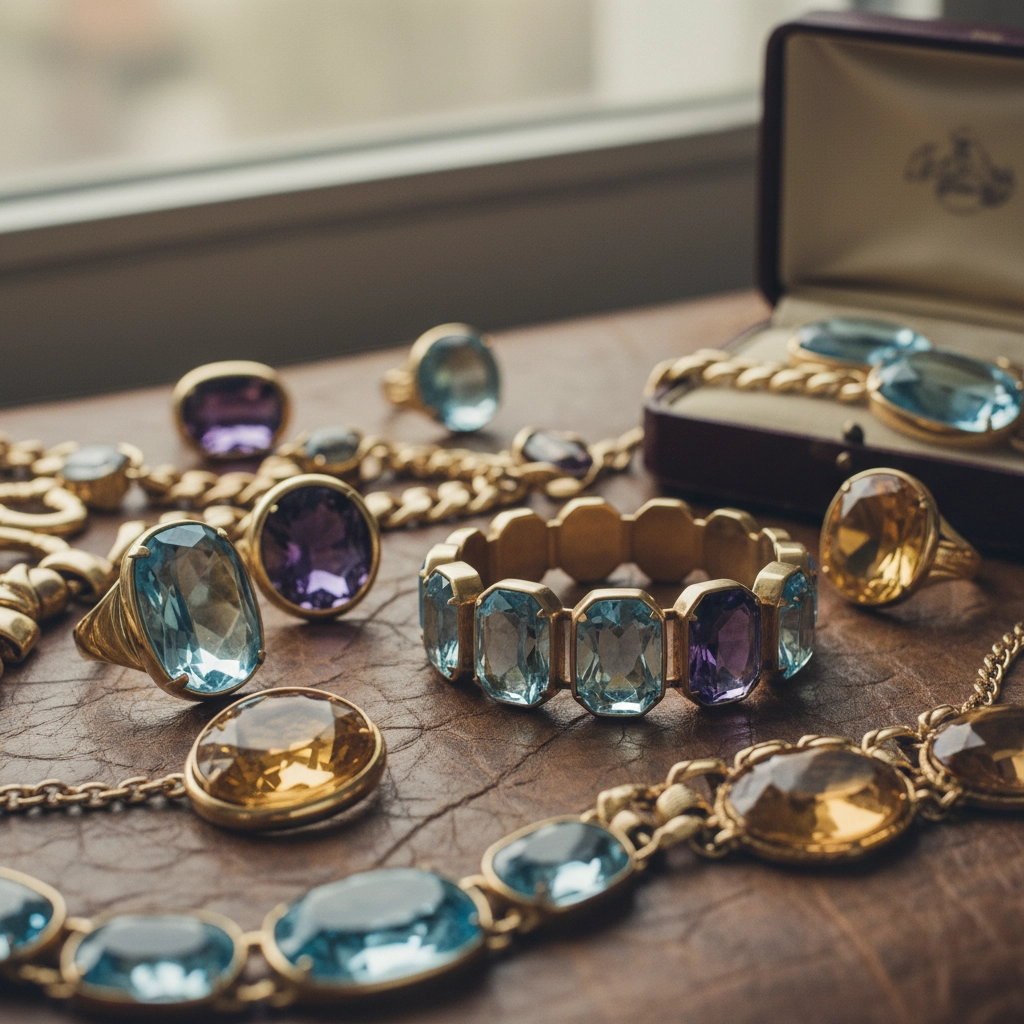
This mindset shift was huge. It opened up endless possibilities for creative expression and made bold, colorful jewelry accessible to more people. Even today, when I see someone rocking a gorgeous smoky quartz or tourmaline piece, I think about how Retro designers paved that path.
Looking Forward: What's Coming Next Week
Now, here's where things get really exciting. Next week, we're jumping into the Modern Era – and let me tell you, you're in for some surprises.
Just when you think jewelry design couldn't get more innovative, the late 1950s and 1960s said "Hold my cocktail" and completely reimagined what jewelry could be. We're talking about materials that would have seemed like science fiction to our Retro designers – titanium, steel, even paper and plastic elevated to fine jewelry status.
The Modern Era brought us minimalist masterpieces, space-age aesthetics that looked like they belonged on a rocket ship, and the revolutionary idea that less could be more. But here's the plot twist – it also brought us some of the most maximalist, art-forward pieces ever created. Talk about having it all!
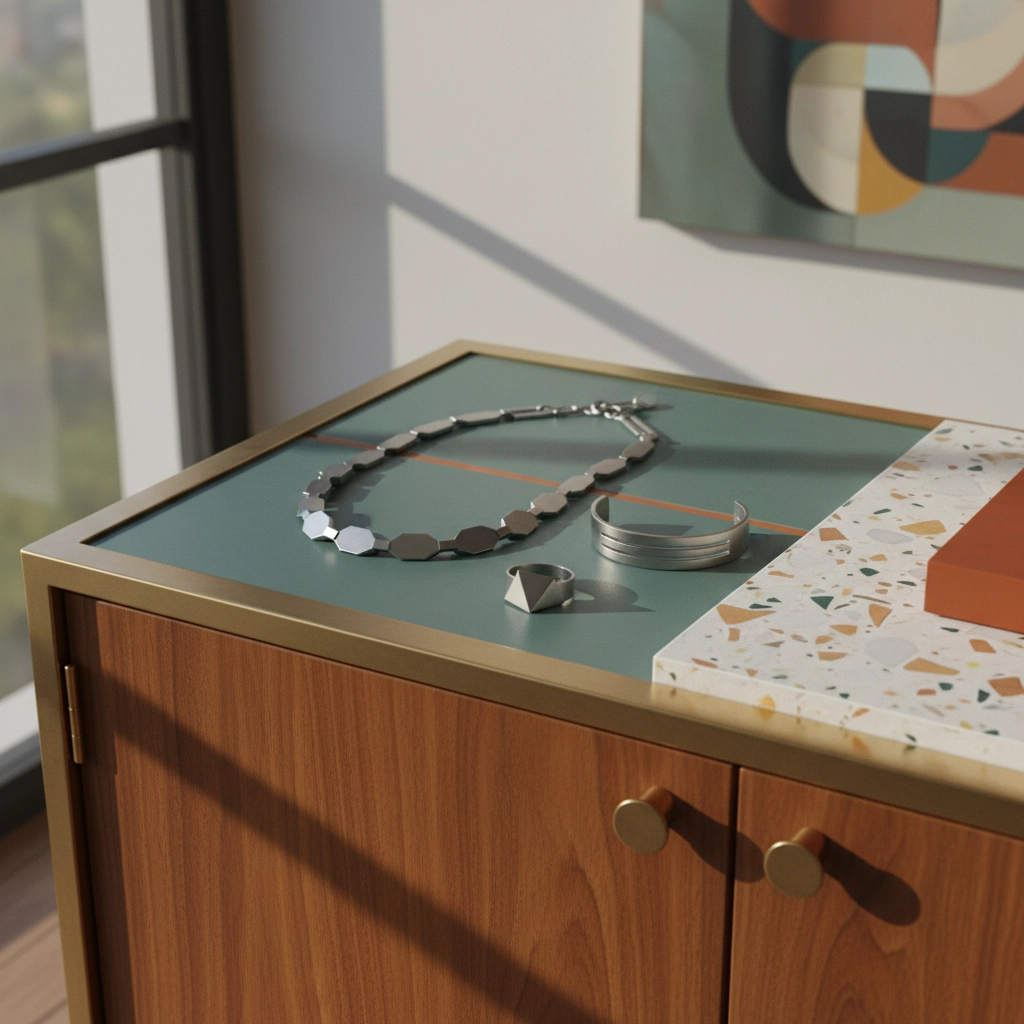
And technology? Oh boy, are we going to dive deep into how new manufacturing techniques completely changed the game. Laser cutting, computer-aided design, new alloys that didn't exist before – the Modern Era was like watching jewelry design get a complete technological makeover.
Plus, I can't wait to share how the cultural revolutions of the '60s and '70s showed up in jewelry design. Civil rights, women's liberation, space exploration, pop art – it all made its way into what people wore. The personal became political, and jewelry became a form of artistic and social expression in ways we'd never seen before.
Wrapping Up Our Retro Journey
As we close out our Retro series, I hope you've gained a new appreciation for this incredible era. These weren't just pretty baubles – they were expressions of resilience, creativity, and the human spirit's ability to find beauty even in challenging times.
The next time you put on a bold piece of jewelry, remember the Retro pioneers who proved that bigger could be better, that practical could be glamorous, and that the right piece of jewelry could make you feel unstoppable.
See you next week when we dive into the Modern Era – trust me, you won't want to miss it!
Cheers,
Peter